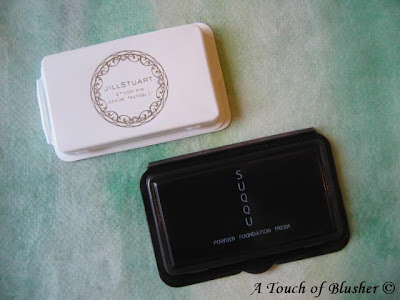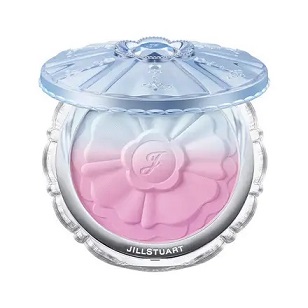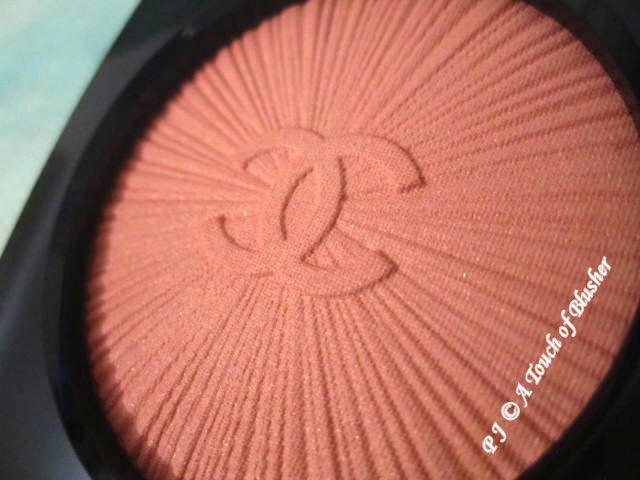Here we go:
Currently, in Japanese cosmetics, “megabrand” refers to the main base/point makeup lines of Shiseido, Kanebo, and Kosé. At the moment, they are Maquillage (of Shiseido), Coffret D’Or (of Kanebo), and Esprique Precious (of Kosé). These lines are usually worth looking into because their latest products are often the results of the companies’ latest foundation technologies.
Primavista, Kao Sofina’s main base makeup line and Raycious’ predecessor, is the answer to the megabrands’ base makeup lines. Right now two collections have been released (fall/winter 2008 and spring/summer 2009), and it will be interesting to see how the line develops.
Various versions of powder foundations from Exage (and Exage White) have been among the best-sellers in Japan for years. Fans often comment on the fine and light texture of the power and the natural finish.
– IPSA
IPSA is particularly strong in skincare and base makeup. All IPSA counters have a consultation area where you can find out which skincare and base makeup items are suitable for you. You can also check which foundation shade goes with your complexion.
Paul & Joe has been known for its base makeup for quite a while. The products tend to create a luminous finish, with a low-to-medium coverage for an ultra-natural look. (Even though Paul & Joe is a French fashion line, its beauty line is produced in Japan.)
– SUQQU
SUQQU has been very strong in base makeup, and I feel that most of its base makeup products tend to be quite suitable for dry skin (even their powder foundations). Their concealers (Stick Concealers), cream foundation (simply called Foundation) and Clear Veil Powder are particularly popular.
– Lunasol
I think Lunasol has been so popular with its gorgeous point makeup collections season after season that some forget that some of its base makeup products are also very well-received. In the February 2008 issue of Biteki, Water Cream Foundation and Micro Finish Powder N are listed among the top five favorite base makeup items (in their own categories) with Biteki readers. In the February 2009 issue, Skin Fusing Powder Foundation is among the top 10 powder foundations.
Sonia Rykiel is another French fashion brand that features an essentially Japanese beauty line. Among the base makeup products, Water Gel Foundation (which is claimed to contain 80% water) and the primer (currently Treatment Makeup Base S) have been popular for as long as I can remember.
– ECM
ECM started off as a base makeup brand and has a well-structured range of base makeup items. Please see my brand profile article on ECM here.
Recently, Ex:beaute has been getting quite a lot of Japanese beauty magazine coverage. Their current slogan is to create the luminous and flawless “actress skin”, which is ready for anything hi-definition.
Since Shu Uemura is sold internationally, the range of foundation (and loose powder) shades is considerably wider than that of most other Japanese beauty brands (that are sold within East/ Southeast Asia). There are also quite a few different foundation products to choose from.
Other than the brands above, a few cult products deserve a mention. RMK‘s various primers, AYURA‘s Zero Clear Colors (color-adjusting concealers), Chacott‘s (a dancewear brand) Finishing Powder, and Kesalan Patharan‘s Sheer Micro Powder all have their places on the Japanese base makeup map.
In the final post of the series, I will mention some of my favorite Japanese base makeup products and I will finish the series with a few further notes.
{ 12 comments }























